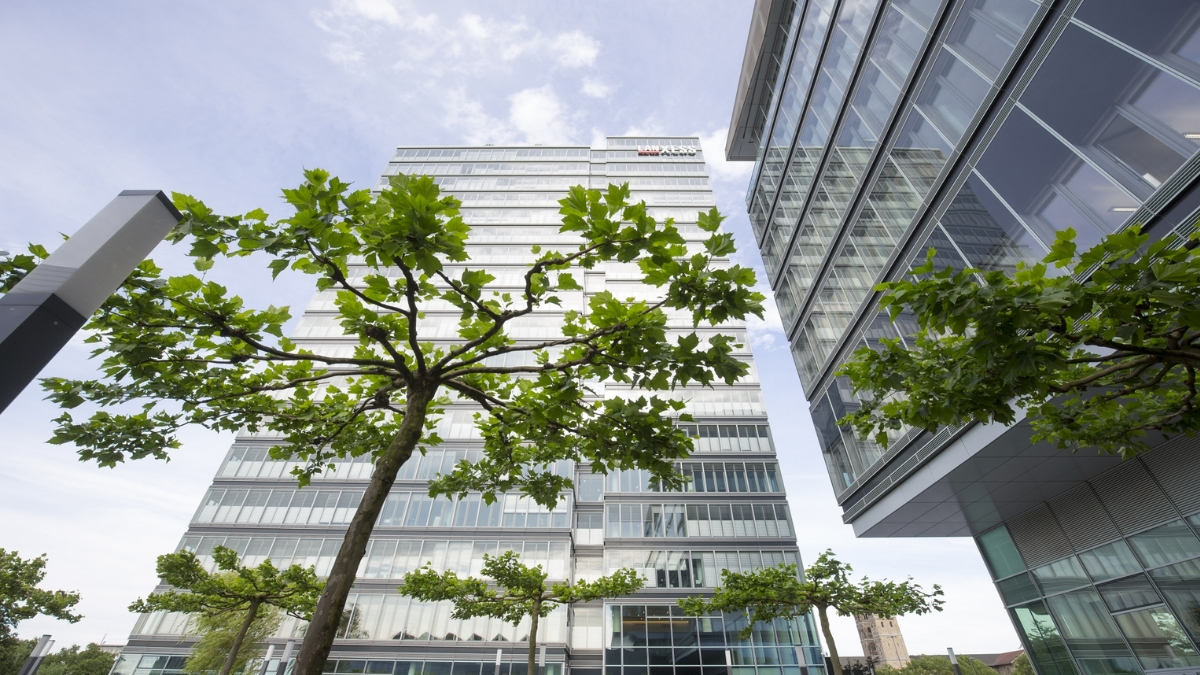Lego CEO Ready to Pay Extra for Renewable Plastic Used in Toy Blocks

Faced with a shortfall of renewable plastic for its colorful toy bricks, the man in charge of Lego A/S is engaging with producers of the raw material in a race to meet sustainability targets.
Lego has started direct talks with manufacturers to convince them to invest in more production capacity and is buying renewable resin at prices with a premium as high as 70%, according to Chief Executive Officer Niels B. Christiansen.
At stake for Lego is to find a way to reach its promise of using sustainable materials in its plastic building blocks by 2032 and becoming net carbon neutral in 2050.
“Now we have decided to make a real effort to influence the industry and speed up the pace of this development,” the CEO said in an interview. “There isn’t enough of the material on the market today, but sometimes things only happen when big players like us start paying a premium for materials.”
The company suffered a setback last year when it had to ditch what had been a promising prototype material — made of recycled plastic bottles — because it turned out it wouldn’t lower overall CO2 emissions.
“We had to drop the idea that we could find one thing in the market, one new sustainable material, that solved all the problems,” the CEO said. “What we have learned so far is that this is much, much harder than we expected.”
Instead, Lego has turned to the market for raw plastic with certified renewable and recycled components, he said. Lego procured in 2023 about 125,000 tons of resin, the unprocessed plastic it uses to make its bricks and minifigures.
About 18% of the total was sourced under the mass-balance principle, which provides an auditable way to track the net amount of sustainable materials through the supply chain, allowing them to be allocated to finished goods as appropriate. That ratio will rise further in 2024, according to Christiansen, who said he wasn’t yet able to provide a number.
According to BloombergNEF, the market for bioplastics, which includes the mass-balance principle products Lego buys, could double by 2025, although from a low base. Asia, mainly China, has taken over from the rest of the world as the primary place of production. But big European players are also interested, including German chemical giant BASF SE.
“We’re going to become an active buyer in these certified products and help accelerate the industry toward that,” the Lego CEO said. “That money is now helping create supply chains that create sustainable and more green materials and we’re doing it in the hope that it will accelerate the development.”
Lego has set aside $1.4 billion in the four years through 2025 to improve sustainability. Christensen said he won’t pass on the higher costs to customers, pledging that the prices for the toy sets won’t rise due to the more expensive renewable plastic, which costs 30% to 70% extra. Even if the supply of renewable plastic grows, the prices will remain high for years, the CEO said, because demand will keep growing rapidly as well.
“We probably thought it was easier to get this done but it’s a giant shift for a chemical supply chain with suppliers and sub-suppliers,” he said.
Read More: Lego Wins Market Share Overcoming Rival’s Barbie Movie Launch
This article was generated from an automated news agency feed without modifications to text.

Atul Tiwari is a seasoned journalist at Mumbai Times, specializing in city news, culture, and human-interest stories. With a knack for uncovering compelling narratives, Atul brings Mumbai’s vibrant spirit to life through his writing.





